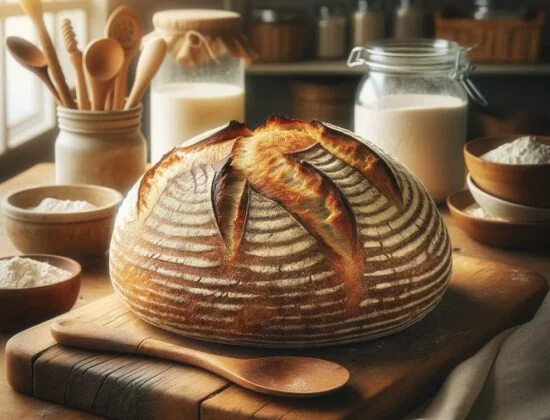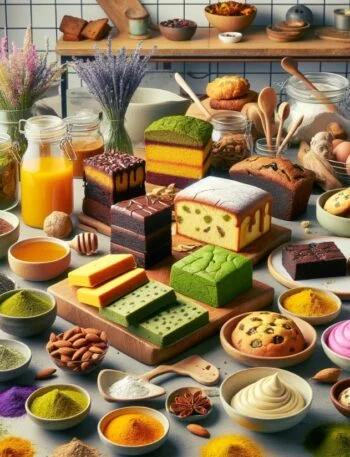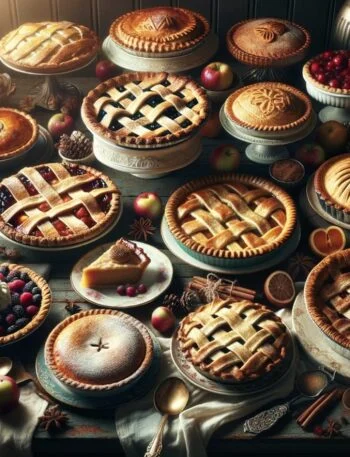Discover the Art and Science Behind Crafting the Perfect Sourdough Loaf
Embarking on the journey of sourdough baking is like entering a world where time-honored traditions meet modern culinary artistry. This guide is crafted for those who are intrigued by the allure of homemade artisan bread but may feel daunted by the prospect. Sourdough, with its rich history, complex flavors, and health benefits, offers a uniquely rewarding baking experience. Let’s unravel the mystery of sourdough and embark on a path to baking perfection.
The aroma of freshly baked bread is universally beloved, and sourdough bread, with its tangy flavor, chewy texture, and crisp crust, holds a special place in the hearts of bread enthusiasts. Unlike bread made with commercial yeast, sourdough relies on a live fermented culture—a starter—which acts as a natural leavening agent. This ancient method of bread-making not only imparts distinctive flavors but also makes the bread more digestible and nutritious.
The Sourdough Starter: Your New Best Friend
At the heart of every sourdough loaf is the starter—a simple yet magical mixture of flour and water that captures wild yeast and bacteria from the environment. Creating and maintaining your starter is a fundamental step in sourdough baking. It requires patience and care, but the process is immensely gratifying. A healthy starter is the key to a beautifully risen loaf and the gateway to mastering the art of sourdough baking.
Understanding Hydration and Dough Consistency
Sourdough recipes often talk about hydration levels, referring to the ratio of water to flour in the dough. Hydration affects the dough’s texture, the bread’s crumb, and crust. Beginning with a lower hydration dough can make handling easier for novices, gradually moving to higher hydration for airier loaves with more open crumbs.
The Importance of Timing and Temperature
Sourdough baking is not a hurried process. The slow fermentation allows for the development of the bread’s flavor and texture. Learning to adapt to the rhythm of your sourdough starter and understanding how temperature affects fermentation are crucial skills. Cooler temperatures slow down fermentation, offering more control for beginners, while warmer conditions accelerate the process, ideal for more experienced bakers.
Shaping and Scoring: The Finishing Touches
Shaping your dough into a loaf and scoring the top before baking are not just aesthetic practices; they are essential techniques that influence how the bread bakes and rises. Proper shaping creates tension on the surface, helping the loaf hold its shape, while scoring allows the bread to expand in a controlled manner during baking.
Embracing the Journey
Sourdough baking is as much about the journey as it is about the destination. Each loaf is a reflection of the care, ingredients, and environment that brought it to life. Embrace the variations, learn from the loaves that didn’t turn out as expected, and celebrate the ones that did. Remember, sourdough baking is a craft honed over time, with each bake bringing new insights and joys.






